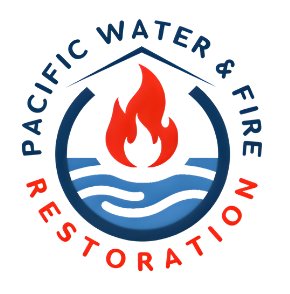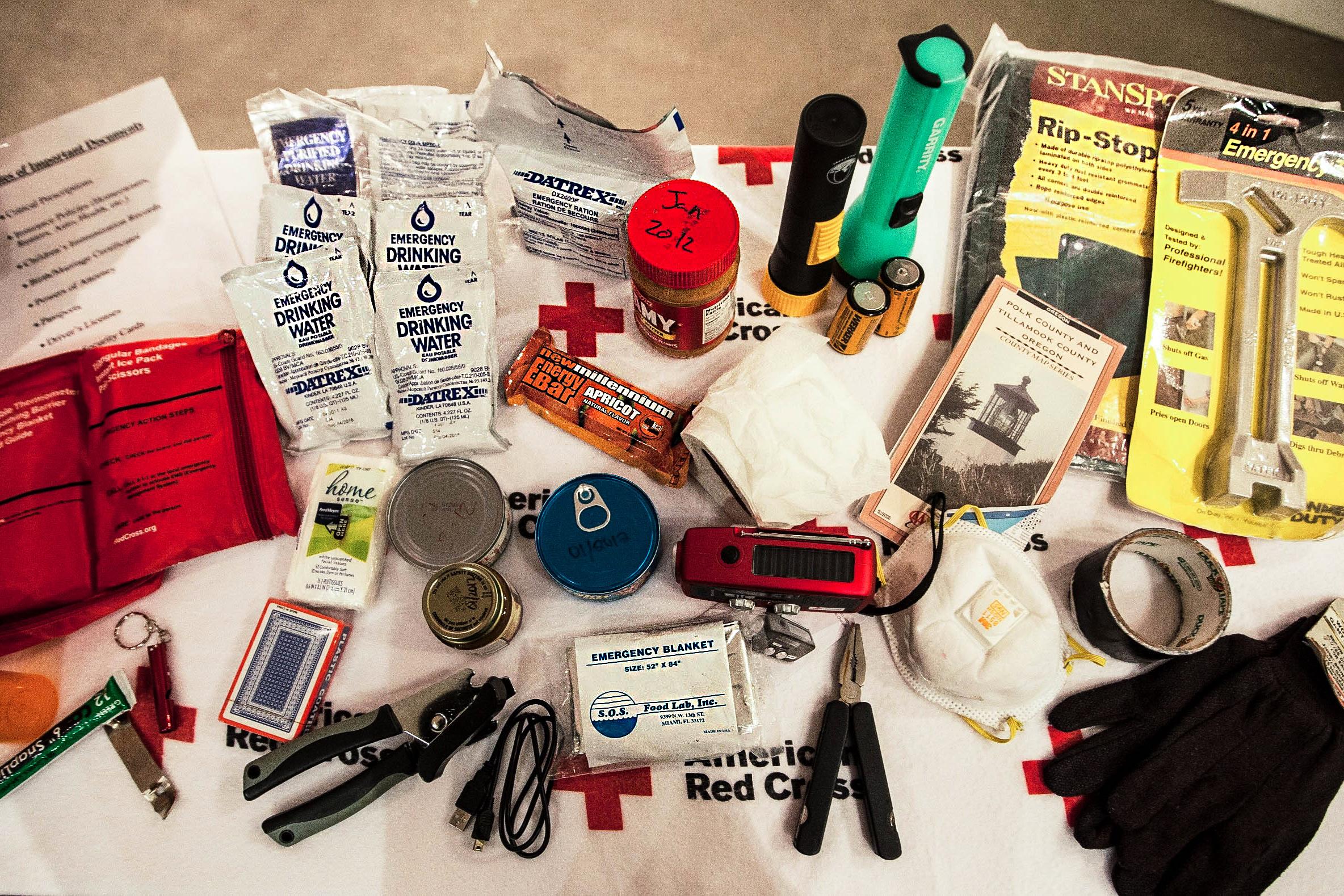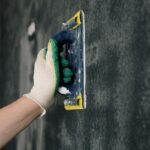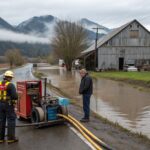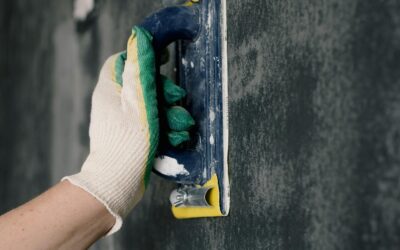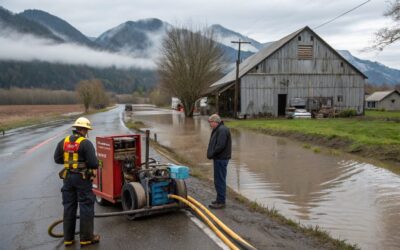When property damage strikes, having the right emergency supplies can make a crucial difference in protecting your home and family. As restoration professionals serving the Portland metro area, we’ve seen firsthand how well-prepared property owners can minimize damage and maintain safety during emergencies. Here’s your comprehensive guide to creating and maintaining an effective emergency supply kit.
Essential Emergency Kit Components
Water Emergency Supplies
- 5-gallon water storage containers (1 gallon per person per day)
- Water purification tablets
- Battery-operated water pump
- Water leak detection tools
- Moisture meters
- Basic plumbing tools
- Water alarm sensors
Pro Tip: Store water in multiple locations throughout your property. If one area becomes inaccessible, you’ll still have access to emergency water supplies.
Fire Emergency Supplies
- ABC-rated fire extinguishers (one per floor)
- Smoke detector batteries
- Fire-resistant blankets
- Emergency escape ladders (for multi-story buildings)
- Flashlights with extra batteries
- Emergency contact information
- Fire-resistant document storage
Pro Tip: Check fire extinguisher pressure gauges monthly and replace any extinguisher that’s over 10 years old, even if it hasn’t been used.
Storm and Power Outage Supplies
- Battery-powered or hand-crank radio
- Portable phone chargers
- Emergency lighting
- Tarps and plastic sheeting
- Heavy-duty tape
- Rope or paracord
- Basic tool kit
First Aid and Safety
- Comprehensive first aid kit
- Emergency medications
- N95 masks
- Work gloves
- Safety goggles
- Emergency contact list
- Copies of important documents
Location-Specific Considerations for Portland
Winter Storm Preparation
Portland’s winter storms can bring extended power outages and water damage risks. Include:
- Ice melt and snow shovels
- Thermal blankets
- Portable heater (with proper ventilation)
- Window insulation kits
- Extra warm clothing and blankets
Earthquake Readiness
Given the Pacific Northwest’s seismic risks, add:
- Automatic gas shutoff tools
- Wrench for utility shutoff
- Emergency food supply
- Portable toilet supplies
- Water filtration system
Flood Protection
With Portland’s heavy rainfall, include:
- Sandbags or flood barriers
- Portable sump pump
- Extension cords
- Wet/dry vacuum
- Dehumidifiers
Creating Your Kit: Step-by-Step Guide
1. Assessment Phase
- Map your property’s vulnerable areas
- List specific risks for your location
- Count number of residents and pets
- Calculate water and food needs
- Identify storage locations
2. Supply Gathering
- Start with essential categories
- Build kit over time to manage costs
- Check for quality and durability
- Consider portable versus stationary supplies
- Include special needs items
3. Organization and Storage
- Use waterproof containers
- Label everything clearly
- Create inventory list
- Store in accessible location
- Consider multiple storage points
- Protect from temperature extremes
4. Maintenance Schedule
- Monthly checks of perishable items
- Quarterly review of supplies
- Semi-annual replacement of water
- Annual complete inventory
- Battery replacement schedule
Professional Emergency Response Integration
Know When to Call Professionals
- Electrical emergencies
- Structural damage
- Major water intrusion
- Fire damage
- Hazardous materials
- Mold concerns
Emergency Response Checklist
- Ensure immediate safety
- Document damage
- Contact insurance provider
- Call emergency services if needed
- Contact restoration professionals
Special Considerations
Business Properties
- Employee emergency plans
- Business continuity supplies
- Data backup systems
- Customer safety provisions
- Emergency communications equipment
Multi-Unit Properties
- Common area emergency kits
- Evacuation route markers
- Emergency lighting systems
- Communication systems
- Master utility controls
Seasonal Updates
- Spring: Check flood prevention supplies
- Summer: Update fire prevention items
- Fall: Verify storm preparation materials
- Winter: Confirm cold weather supplies
Emergency Kit Storage Tips
Primary Location Requirements
- Easy access during emergencies
- Protected from elements
- Temperature controlled
- Away from risk areas
- Clear labeling system
Secondary Cache Considerations
- Different floor or building section
- Outdoor storage options
- Vehicle emergency kit
- Workplace supplies
Cost-Effective Kit Building
Budget-Friendly Approaches
- Start with essential items
- Add components monthly
- Watch for sales on non-perishables
- Coordinate with neighbors
- Bulk purchase opportunities
Investment Priorities
- Water and food supplies
- First aid materials
- Safety equipment
- Tools and repair items
- Comfort supplies
Taking Action
Don’t wait for an emergency to start preparing. Begin building your emergency supply kit today:
- Download our complete supply checklist
- Schedule a property assessment
- Review insurance coverage
- Create family emergency plans
- Set up maintenance schedules
Professional Support
At Pacific Water & Fire Restoration, we’re here to help you prepare for and respond to property emergencies:
- Emergency Response: 503-201-7337
- Free Property Assessment
- Custom Emergency Plan Creation
- Professional Response Integration
- Regular Kit Maintenance Reminders
Contact us today at 503-201-7337 to schedule a free property assessment and emergency preparedness consultation. Our IICRC-certified professionals can help you develop a comprehensive emergency response plan tailored to your property’s specific needs.
Remember, the time to prepare for an emergency is before it happens. A well-maintained emergency supply kit is your first line of defense against property damage and safety risks.
